Stephanie Hinnershitz, PhD and research historian at The National WWII Museum, has written her latest book, Japanese American Incarceration: The Camps and Coerced Labor During World War II, on the forced removal and imprisonment of 120,000 Japanese Americans from the West Coast (the majority American-born citizens) as a history of labor during World War II. From growing crops needed for the production of key military goods to manufacturing war materiel like camouflage netting, Japanese Americans are an overlooked part of the “arsenal of democracy” despite their imprisonment and the violation of their civil rights.
Hinnershitz’s book has been described as “ground-breaking” and “rigorously well-researched” by other scholars. Here are a few excerpts from her book.
Choosing the Japanese Incarceration Sites
Chapter 1, Pages 33-34
How did the Wartime Civil Control Administration (WCCA) and the War Relocation Authority (WRA), the two agencies in charge of carrying out the removal and incarceration of Japanese Americans, decide where to build the camps? It’s easy to say that rural areas like the Arizona desert or the rural Mississippi Delta region of Arkansas made for prime camp locations because they were remote and far removed from major cities and industrial areas.
If the Army and the US government were going to detain Japanese Americans in camps after identifying them as security risks, then it would make good, defensive sense to avoid placing them near strategic locations and populated cities and towns. These were considerations for the WCCA and WRA, but so was the possibility of using incarcerated Japanese Americans for work. The two agencies selected the Colorado River Indian Tribes Reservation in Arizona to host the Poston camp because the region was in need of a new irrigation system and Japanese Americans could complete this massive infrastructure program.
Over in Arkansas, farmers in the Delta had traditionally relied on cotton for income, but the Great Depression left many landless and with few opportunities for cultivating other crops. Here, the WCCA and WRA established the Jerome and Rohwer camps with the intention of using incarcerated Japanese Americans to clear land and complete drainage systems to make the area more fertile for growing other fruits and vegetables.
The WRA and WCCA repeatedly rejected other remote locations for camps on the basis that there were not enough work opportunities to keep Japanese Americans busy or to improve the land. I think it’s important for readers to know that the WCCA and the WRA identified using Japanese Americans as a source of labor as an important goal for incarceration nearly from day one.
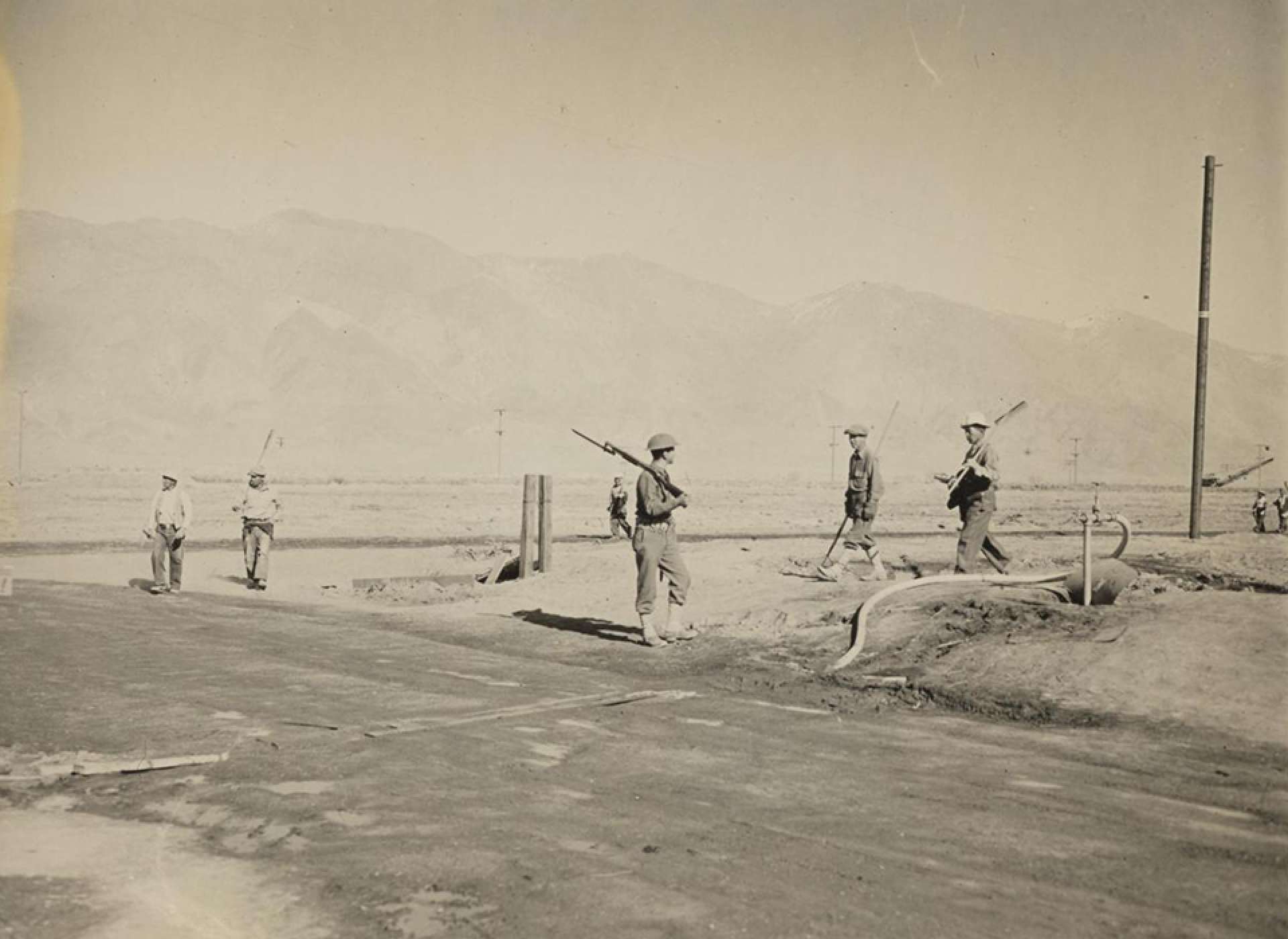
Army police guarding Japanese American men returning for lunch from clearing brush at Manzanar, by Albert Clem (April 2, 1942). Image courtesy of the Bancroft Library.
Labor Protests against Working Conditions
Chapter 2, Pages 112-113
While in the temporary detention centers and camps, Japanese Americans often made war material for private contractors in addition to working on large infrastructure projects like those in Arizona and Arkansas. In the Santa Anita detention center outside of Los Angeles, Japanese Americans who were awaiting assignment to one of the camps wove and boxed large, camouflage netting for between $8 and $16 a month. Many of these workers were Japanese American women who were skilled at sewing and weaving the material for the nets, making them part of the movement of American women into wartime industries during the war although under vastly different circumstances.
Apart from the low pay (in comparison, many women who worked in plants outside of the camps earned approximately $31 a week), making camouflage netting for the military was a hazardous job. The center administrators didn’t provide masks or gloves for workers, resulting in multiple trips to the infirmary with patients exhibiting blood-producing coughs from fibers lodging in their lungs to oozing sores and blisters on their hands from the chemicals used to treat the net material. And Japanese Americans who produced the netting did not just stand by and accept these conditions.
On June 16, 1942, more than 1,200 net workers walked off the job to protest their labor concerns. Administrators ended the strike after agreeing to provide workers with the proper materials to safely perform their jobs, but in the following months, thousands of Japanese Americans who worked in various capacities in the centers and camps engaged in labor protests. This is the other part of the story of coercing labor from Japanese Americans: their reactions to their treatment as easily-exploitable workers.
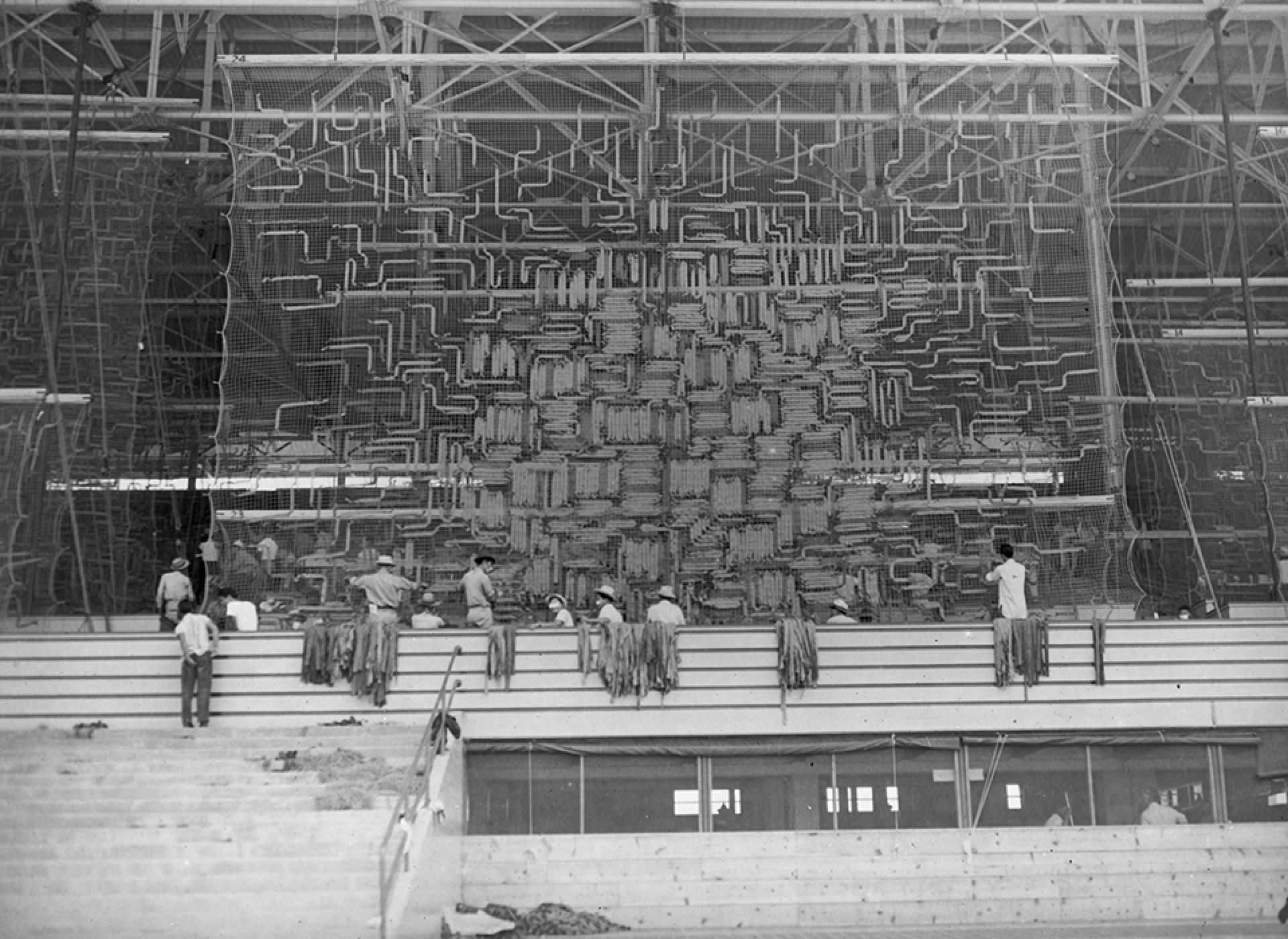
A group of Japanese Americans working at the camouflage net factory at the Santa Anita detention center, by the US Army Signal Corps (1942). Image courtesy of the Library of Congress.
Japanese American Resettlement and Wartime Production
Chapter 5, Page 201
What happened to Japanese Americans when the administrators released them from the camps? By 1943, the War Relocation Administration was rushing to resettle Japanese Americans, particularly younger Nisei (or second-generation Americans) who needed to get back to school. Administrators argued that incarceration was negatively affecting morale among the incarcerees and there was still a demand for labor in various wartime industries—especially agriculture.
These were positions that Japanese Americans could fill, so the WRA initiated an “all-out relocation” program where Japanese Americans could be released from the camps so long as they were able to secure a job beyond the exclusion zones along the West Coast. The WRA referred to the released Japanese Americans as “parolees” and the jobs they received as a form of “work-release” program. Japanese Americans were expected to prove their loyalty to the United States through their work and productivity, though many still experienced discrimination in their new communities in cities like New York, Chicago, and Philadelphia.
Their fellow employees were not always ready to trust Japanese Americans as they were considered “the enemy” and employers often took advantage of incarcerees who were eager to leave the camps. Even when resettling, labor continued to be a central part of the lives of released Japanese Americans.
If you want to read more of Japanese American Incarceration, you can purchase the book at the Museum Store.
Japanese American Incarceration: The Camps and Coerced Labor during World War II
On February 19, 1942, President Franklin Delano Roosevelt signed Executive Order 9066, which authorized the removal of those deemed “threats” to national security from the West Coast to “relocation camps.” To commemorate the 80th anniversary of this event, the Museum is proud to feature one of its own, Dr. Steph Hinnershitz, to discuss her recently released book, Japanese American Incarceration: The Camps and Coerced Labor during World War II.
Stephanie Hinnershitz, PhD
Stephanie Hinnershitz is a historian of twentieth century US history with a focus on the Home Front and civil-military relations during World War II.
Cite this article:
MLA Citation:
APA Citation:
Chicago Style Citation:
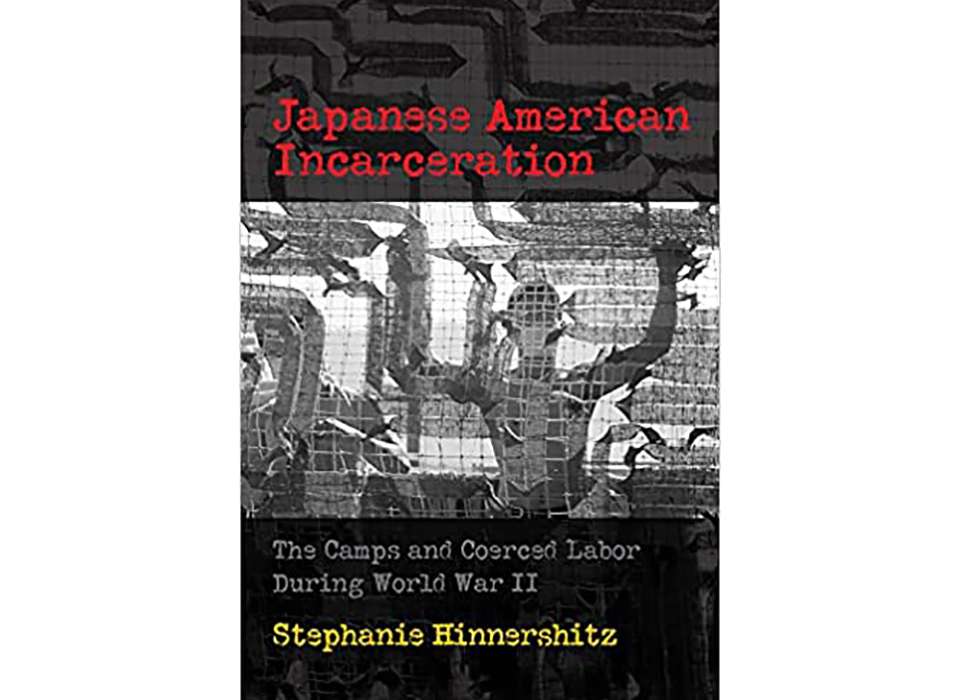
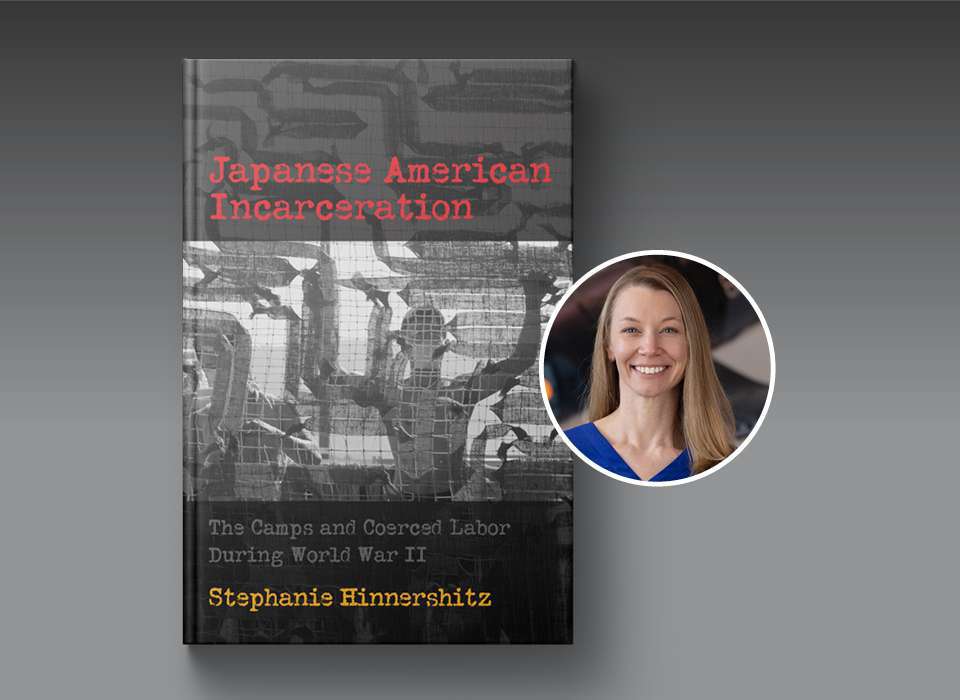

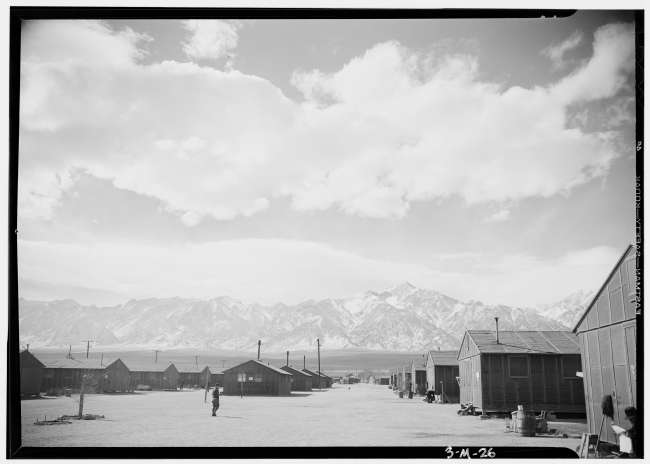
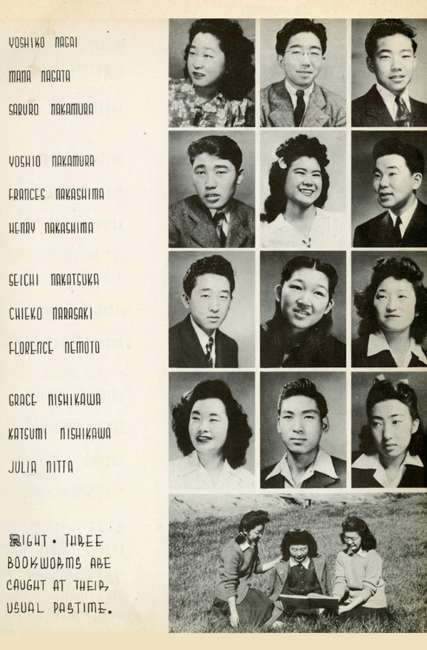
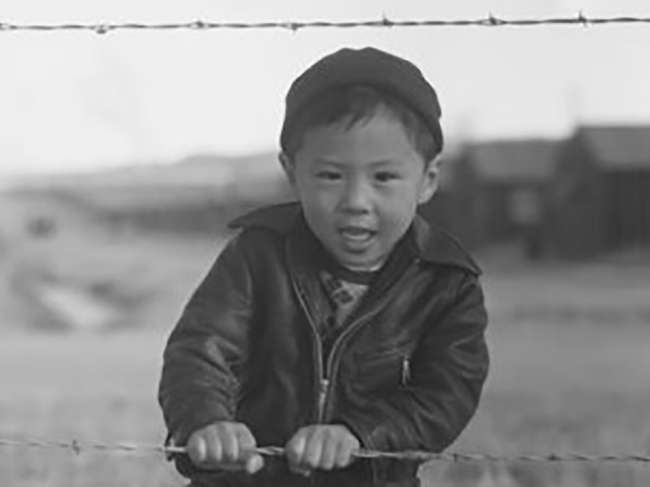
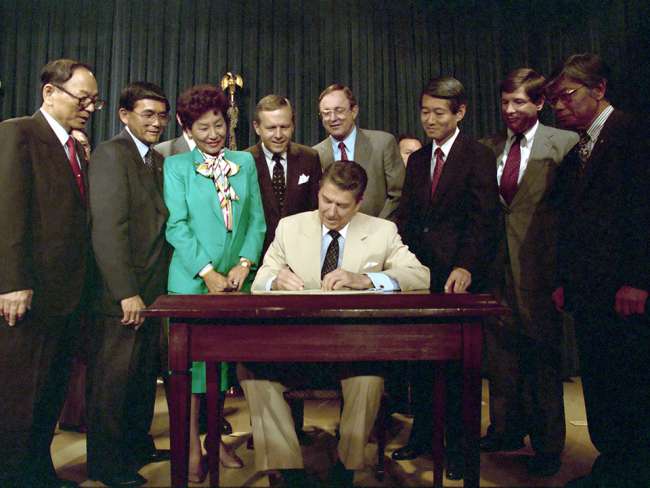



![Max Fuchs, New York City cantor, sings as Rabbi Sydney [sic] Lefkowitz, Richmond, VA, conducts the first Jewish services from Germany.](/sites/default/files/styles/max_650x650/public/2025-10/image1.jpg)



